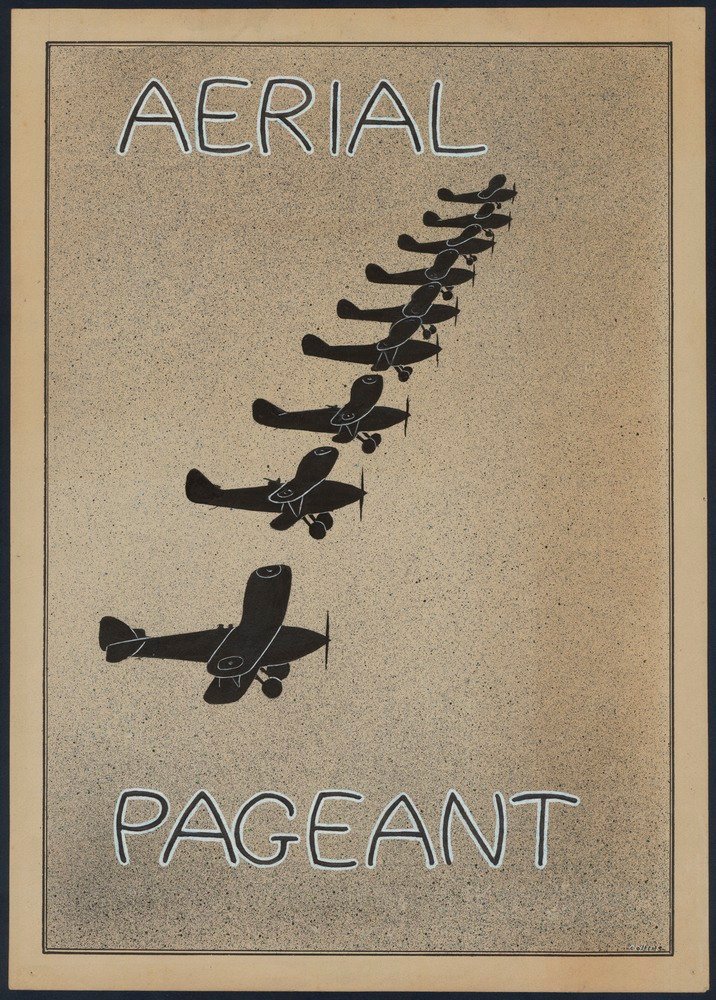Aerial Pageant
A drawing by an Australian, John T. Collins, perhaps as a student exercise. Unlike in Britain, there was no dominant ‘aerial pageant’ here but rather many local ones, so it seems like a generic advertisement. It’s dated to 1932 or 1933, but assuming the context is Australian then those would be Hawker Demons and it […]

